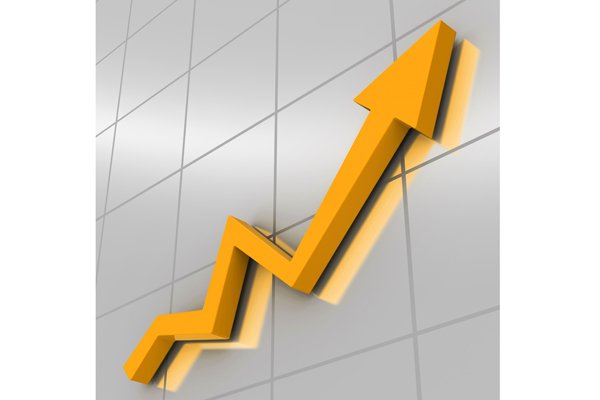
A key area of growth will be the use of premium-price radioembolization spheres and drug-eluting beads in the treatment of hepatocellular carcinoma and metastatic colorectal cancer
Singapore: According to Millennium Research Group (MRG), a provider of market intelligence on medical technology, the embolization particle segment of the Asia Pacific transcatheter embolization and occlusion (TEO) device market will expand rapidly through 2016. It will be driven by innovations that have led to new uses in the treatment of peripheral vascular tumors, particularly primary liver cancer. China is set to become an increasingly significant market.
Embolization is a non-surgical, minimally-invasive procedure and involves the selective occlusion of blood vessels by introducing emboli.
A key area of growth will be the use of premium-price radioembolization spheres and drug-eluting beads in the treatment of hepatocellular carcinoma (HCC) and metastatic colorectal cancer. China will be a large market for these treatments. Because of the prevalence of hepatitis B infection, which is associated with HCC, China has a high age-standardized liver cancer rate of 25.7 per 100,000. By comparison, the rate in the US is three per 100,000. South Korea has similarly high rates.
Improved screening has led to a significant increase in the potential patient pool in China. As a result, the radioembolization sphere market will grow at an average rate of more than 26 percent per year in China through 2016. In addition, most TEO indications are age-related diseases. China's already larger over-65 population is expected to double by 2020. All of these factors will contribute to strong TEO market growth in Asia Pacific overall, reaching $410 million by 2016.
"Each market has its individual features," says Mr Sean Messenger, MRG analyst. "South Korea's radioembolization market, like China's, has a large potential patient pool. But most South Korean physicians use Gelfoam in liver cancer embolization procedures. This is an established process, with a lot of clinical evidence behind it. South Korean physicians, even younger ones, tend to follow established practices more than physicians in other countries and therefore are expected to continue using Gelfoam. As a result, competitors are not putting emphasis on this market, slowing penetration into the patient pool."




